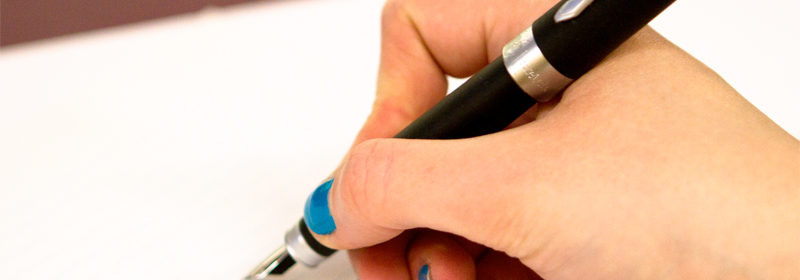Released on June 3, the damning final report of the inquiry into Missing and Murdered Indigenous Women and Girls laid bare the genocide perpetrated by colonial Canada against Indigenous people.
To achieve justice for past wrongs, one of the report’s 231 calls to action was that Canadian media “ensure authentic and appropriate representation of Indigenous women, girls, and 2SLGBTQQIA people.”
The report also asked Canadian media to “support Indigenous people sharing their stories, from their perspectives, free of bias, discrimination and false assumptions, and in a trauma-informed and culturally-sensitive way.”
How do we accomplish this?
Having just graduated from Carleton’s journalism program, I feel well-equipped to scrum a politician in West Block or file a radio story by deadline.
However, I cannot say with confidence that the program has prepared me and my peers to accomplish this call to action. This is due to a lack of mandatory instruction on how we can responsibly cover Indigenous issues and communities.
And while some journalism professors may choose to include information on Indigenous issues in their courses, this leads to an uneven and piecemeal approach, where a journalism student in one class could be better informed on these issues than a student in another.
All students need a standardized, mandatory course on Indigenous issues and communities. A number of Canadian universities, including Lakehead University and the University of Winnipeg, already require students to complete an Indigenous studies requirement to graduate.
If the entirety of Carleton University will not follow suit, at least the school’s journalism program should.
Murray Sinclair, current Canadian Senator and former chair of the Truth and Reconciliation Commission, highlighted education as essential to achieving reconciliation. Call to action 86 from the commission’s final report specifically calls on Canadian journalism programs “to require education for all students on the history of Aboriginal peoples.”
Journalism has done harm to Indigenous communities in the past, marginalized their stories and repeated harmful stereotypes. To redress past injustice, we need to do better.
A journalism-specific course on Indigenous people would differ from a Canadian history course because it would teach skills as well as information.
Should you bring an offering of tobacco to an interview with an elder? How specific should you be when identifying the Indigenous heritage of a source? How can you balance empathy with objectivity? Being more informed on these issues ultimately leads to better stories.
Carleton’s journalism program offers an elective course titled “Journalism, Indigenous Peoples and Canada” for students to take in their fourth year. While I was able to take advantage of this course, I would argue that it should not be optional and should not be left until the last year of the program.
The skills I learned in that class about how to responsibly tell important stories about Indigenous people in Canada were invaluable. I was also lucky that I managed to fit the course into my class schedule. The fact that only one class of approximately 20 students received this education during the past year is a shameful statistic for Canada’s top journalism school.
During the summers of 2017 and 2018, Carleton students were also able to earn course credit for participating in the “Stories North” journalism program. This program brings journalism students to the Yukon to learn about how to responsibly report on Indigenous issues in Canada’s north.
The school is no longer offering course credit for those who participate in Stories North beginning this year, further disincentivizing students from learning these valuable skills.
Carleton prides itself on being Canada’s first and best journalism school, capable of graduating competent reporters. I would argue that it can do better by making students take a course on covering Indigenous issues as a graduation requirement.
The school has proven itself capable of adapting its curriculum to stay modern and relevant, combining the former print newspaper Centretown News with the online Capital News outlet to form the Capital Current digital journalism hub in 2018. Implementing a mandatory course on covering Indigenous issues is the next step.






